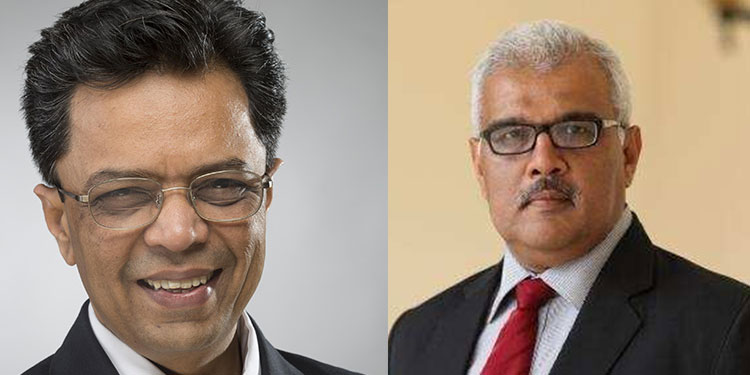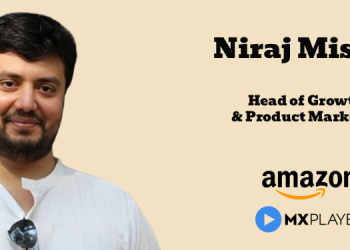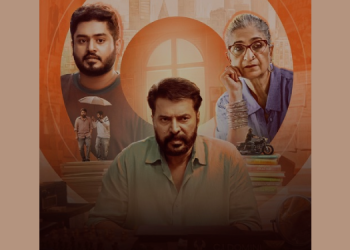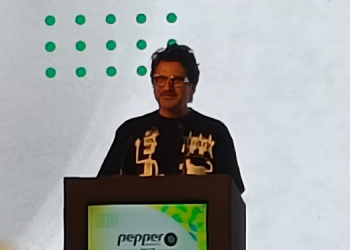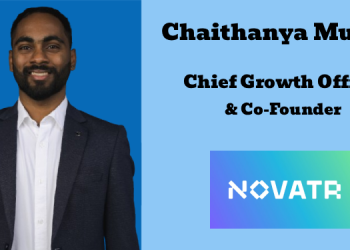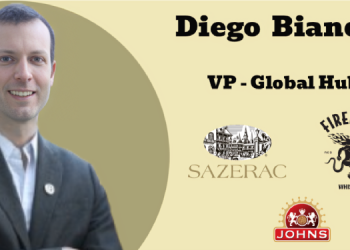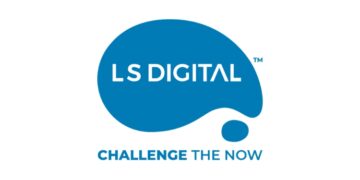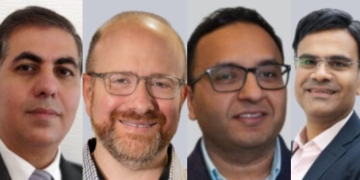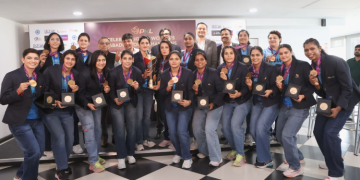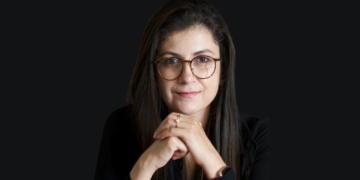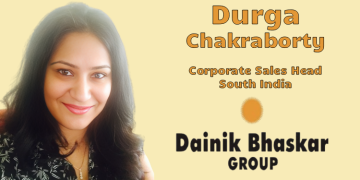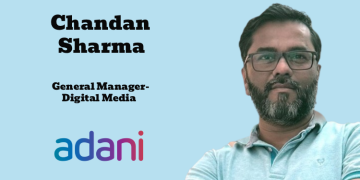Kantar and VTIONTM join hands to launch OTT Audience Measurement Insights- a first of its kind, passive, continuous audience measurement service which will bring the streaming audio medium at par with Radio, TV, Print and Digital platforms.
In the inaugural release, the study has picked up certain unique nuances pertaining to content consumption patterns as OTT audio streaming players seem to have built unique core audiences.
There is a clear pattern of consumption of songs that go beyond ‘trending’ time-frame giving them a longer lifespan. The study also shows a strong interplay between Radio and OTT Audio streaming resulting in what might be called a “Battle for the Ear” and the medium is fast catching on across audience groups. The OTT platforms are also effectively competing with TV in the weekday morning slots.
Medianews4U at the launch of the report spoke to Hemant Mehta, Managing Director, Insights Division & Chief Strategy Officer, Kantar South Asia and Manoj Dawane, Founder & CEO of VTIONTM
Was audio measurement the need of the hour?
Hemant: We wanted to do Audio measurement, because we saw the medium and the interest as from the market, look at the number of players who have come in not only in video now audio, as well as just shows that there is a large potential and as research companies, we thought it if the market is showing interest, the market will also need credible set of measurement, for them to take decisions, from the advertising perspective or from industry perspective. So, that’s really the reason why we decided to go ahead and do Audio measurement. It was a meeting of minds, we brought in the research expertise they brought in technology, expertise and it was a unique one of its kind technology. We didn’t want to go on the tried and tested path of asking people questions, this was a passive research. We identified the people, once they agreed they had to download the app and we measured it. We wanted to make clear that we want something which is accurate which is non-intrusive for the consumer.
Will this report attract some bit of that advertising pie in the OTT audio platforms?
Hemant: I think again to reiterate, it is chicken and egg situation, as a brand they want to see where the consumers are and what the consumers are doing, only if the data is accurate or reliable brands will not put their money. The attempt here is to actually go back to the market to the industry and say, this is what the consumers are listening at this time, then you contextualize it to say that overall therefore, should I be present there? Second everyone today is looking for an effective efficiency. What are the unique opportunities which are cost efficient opportunities that is what we hope this data will help them justify the reason why they should invest in this media?
The big chunk of listening is during commuting, is OTT audio eating into the FM radio?
Hemant: FM is big, comparatively OTT audio is marginally smaller. We are measuring smartphone owners. Today India is a mobile first country and in the nine markets 70% people use smart phones were surveyed. FM has its own popularity and dedicated listeners, OTT audio is complementary and personal.
The technology and tools used for this measurement?
Manoj: We looked at it from a pure global perspective. When we saw the share of audio actually rising what interested us was that there is this medium which is rising, so, voice is superset and audio is a subset. Even if you look at another indicator, just check out as to what is the average minutes of use of voice in India in the telecom market and it has grown from September 2016. Voice as an interactivity medium towards the internet or gathering information or sending a command is on the upswing worldwide. In India, communication across all segments uses voice now whether they’re using it as a WhatsApp call or a Skype call it is voice, you know, there is no better communication in between human beings other than voice. There is an upswing that we see worldwide, and therefore we thought that there is a good option to start looking at this particular medium. In the US there are 7800 radio channels and community radios. It has not impacted audio. Radio, is also doing equally well and growing at 2% and it’s a $14 billion market. This is the insight that led us to start measuring, we’re looking at things that can be measured. When we saw the applicability of markets, let’s say over here, even in our own country, radio contribution, and 3 to 4% of the total advertising spread. The global line is sitting at almost 8%. So that’s why we’re here, that’s the segment we started working and then once you start understanding the nuances and how is a consumer consuming? What is the share of voice? Netflix CEO very famously said, that his competition is not any other platform, it is sleep, this competition is when your pupils are dilated, and you want to be in front of them in some form or another meaningful, relevant and not intrusive content.
You said non-intrusive, can you explain how?
Hemant: When we say non-intrusive, we mean when we would ask a consumer as to what you listened to in the last one hour, they wouldn’t be able to give an accurate answer. So when we said we want to measure it had to be completely passive. The consumer should not have to do any action or give any information. We selected 10,000 people for survey, where we tried to understand who are the audio and video OTT consumers, what are their characteristics? How many apps do they have? We also look at the age, gender etc. All they have to do is they have to agree to participate, agree to give the consent to pull his/ her data, that’s all that we needed. So we went to an exhaustive piloting and then in November we said, okay, technology is good enough, we were satisfied and we went ahead.
Will this report help planners to help brands look at OTT audio platforms?
Hemant: As there is lack of relevant data /measurement available, somewhere OTT is losing out. This measurement will help platform owners think as to how they can put out premium content or charge people. See, Spotify is free, so when they start charging and you know, getting premium content people will be willing to pay for it. This report will certainly help to understand what a consumer is consuming and what kind of content is being heard.
The first report has looked at top line cities will it percolate to tier 2 & 3 and aspiring markets?
Hemant: The vision is that we want to make it truly representative in India. It’s a partnership where we believe as a responsible agency, we will want to help our clients take decisions which are important for them, which is the emerging markets, you know, growing markets

